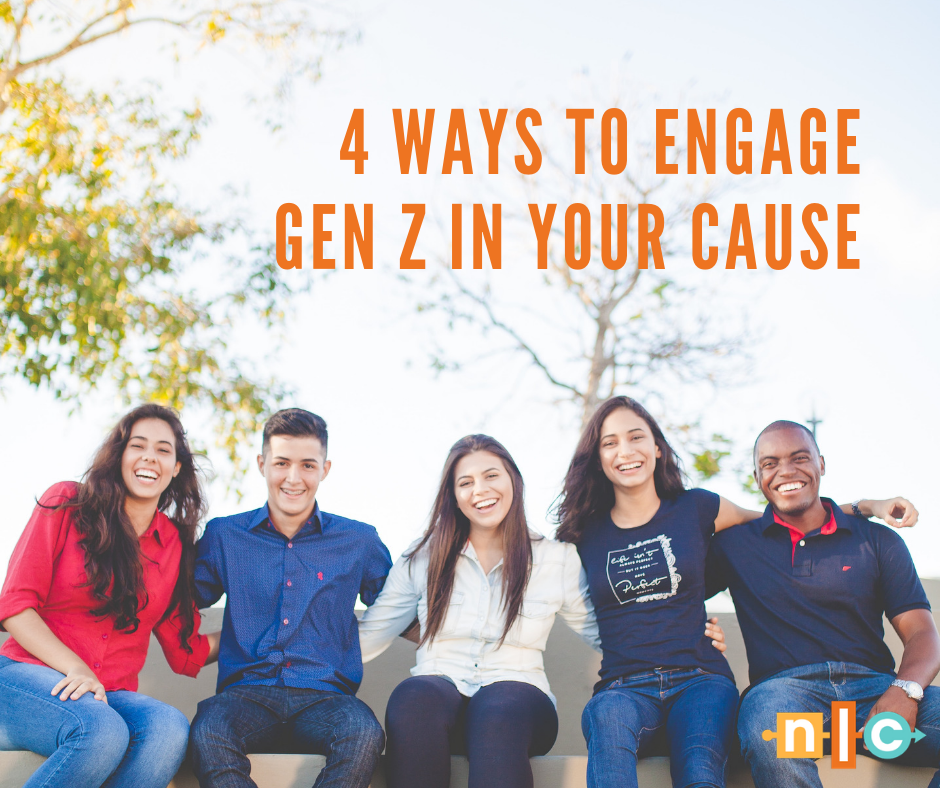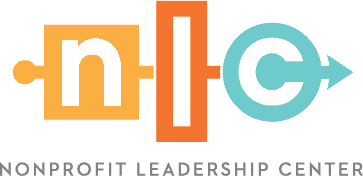Close your eyes. Think about some of the most successful and iconic nonprofit programs and fundraising events of our time. Nationally televised telethons, global charity walks, giving phenomenons spurred by a single bucket of ice. Now open your eyes and come back to reality. Many of the strategies that have worked in the past are no longer relevant or sustainable. Finding fresh ways to deliver your mission, fundraise and inpsire audiences to engage is critical for nonprofits, yet successfully harnessing the idea of innovation and making it a foundtional part of doing business continues to be a struggle for many charitable organizations.
Research from the Bridgespan Group shows that most nonprofit leaders (80%) agree innovation is critical to advance their missions, yet only 40 percent believe their organizations are currently capable of such innovation. All too often, innovation is synonymous with technology, software or the latest app. However, innovation also lies in identifying the place where our audiences’ greatest needs intersect with our deepest organizational expertise. Thus, being relentlessly curious and understanding our audiences is more important than ever.
Enter the next generation of donors: Post-Millennials, often known as Generation Z or Gen Z, represent people born roughly between 1995 and 2010. As this generation begins to enter the workforce, understanding how to engage their time, treasure and talents is one way to think about innovating.
4 Ways Nonprofits Can Authentically Engage Gen Z
By 2020, Gen Z will represent a third of our world’s population. They’ve never known life without the Internet or social media. They’ve grown up witnessing acts of terrorism and school violence as a part of life. And they’re extremely entrepreneurial, interested in hands-on learning and being actively engaged in creating solutions.
So what do nonprofits need to know about Gen Z and how can you engage them authentically? Here are four things to keep in mind.

1. Offer transformational experiences, not transactional one-offs
Gen Z craves authentic and meaningful experiences. They like to share and co-create with peers, and they’re very entrepreneurial. In fact, more than one-third of Gen Z students currently own their own business or plan on having one in the future. With this desire to learn by doing, it’s no surprise that they’re interested in volunteering, with 26% reporting they volunteer regularly and 50% seeking nonprofit jobs. Issues affecting children, animals and health top their list of charitable giving priorities, and they like their social impact to reflect their personal interests.
Today’s nonprofits must think about how the experiences they deliver for employees, volunteers and donors can allow this audience to be actively and authentically involved. From being a meaningful part of helping manage a project to participating in real-world experiences that bring your mission to life, Gen Z wants to do more than just hit a donate button on your website. Consider ways they can see and feel how your mission works, meet the individuals and families you help and be at a planning table with you to help influence ideas or solutions.
2. Simplify and visualize your message across screens
Gen Z has never known a world without smart phones and social media. Although they appreciate and want personal interactions, they are digitally driven and prefer online channels to communicate and give. In fact, 82% of Gen Z is willing to give to nonprofits on their mobile device. With smaller screens and competing messages, today’s nonprofits must make their message as concise and compelling as possible. Keeping things simple, yet highly visual, is the best way to attract Gen Z. Tools like video and striking imagery to tell your story are musts to grab their attention while leaning into their desire for experiential and authentic alignment. Your website and donation tools must also be mobile friendly and easy to engage on the go.
3. Be intentional about demonstrating your impact
Gen Z is highly educated and takes the time to research brands. They have access to information at a moment’s notice and look to Google and social media for their information over other sources, including nonprofit websites and the news. Therefore, it’s critical for nonprofits to convey their impact with clarity and transparency. It’s not enough to talk about what you do, you must tangibly demonstrate why it matters with numbers and stories to prove your purpose. Investing in Search Engine Marketing and ensuring your content is optimized for search is also an important tactic given that’s where they’ll check on your organization and issue first.
4. Keep the bigger picture in mind
Although Gen Z will soon comprise one-third of the world’s population, they still represent the smallest generational segment of giving, with 9.3 million donors contributing $3.2 billion. Because the majority of young professionals don’t have the same kind of disposable income as their Millennial, Gen X and Boomer counterparts, engaging them in ways that align with their needs can create lifelong relationships and loyalty as they age. Today, that means giving them opportunities to grow their experience or portfolio, connecting them to other leaders to build their personal and professional network and giving them an opportunity to make the social impact they care about.
Smart growth is about thinking ahead for tomorrow while not forgetting where our greatest engagement and support come from today.
Sources:
- Is your nonprofit built for sustained innovation?, The Stanford Social Innovation Review
- 2018 Next Generation of Giving Study, Blackbaud
- Getting to Know Gen Z, Barnes & Noble College
- Gen Z: The Next Generation of Donors, Classy

